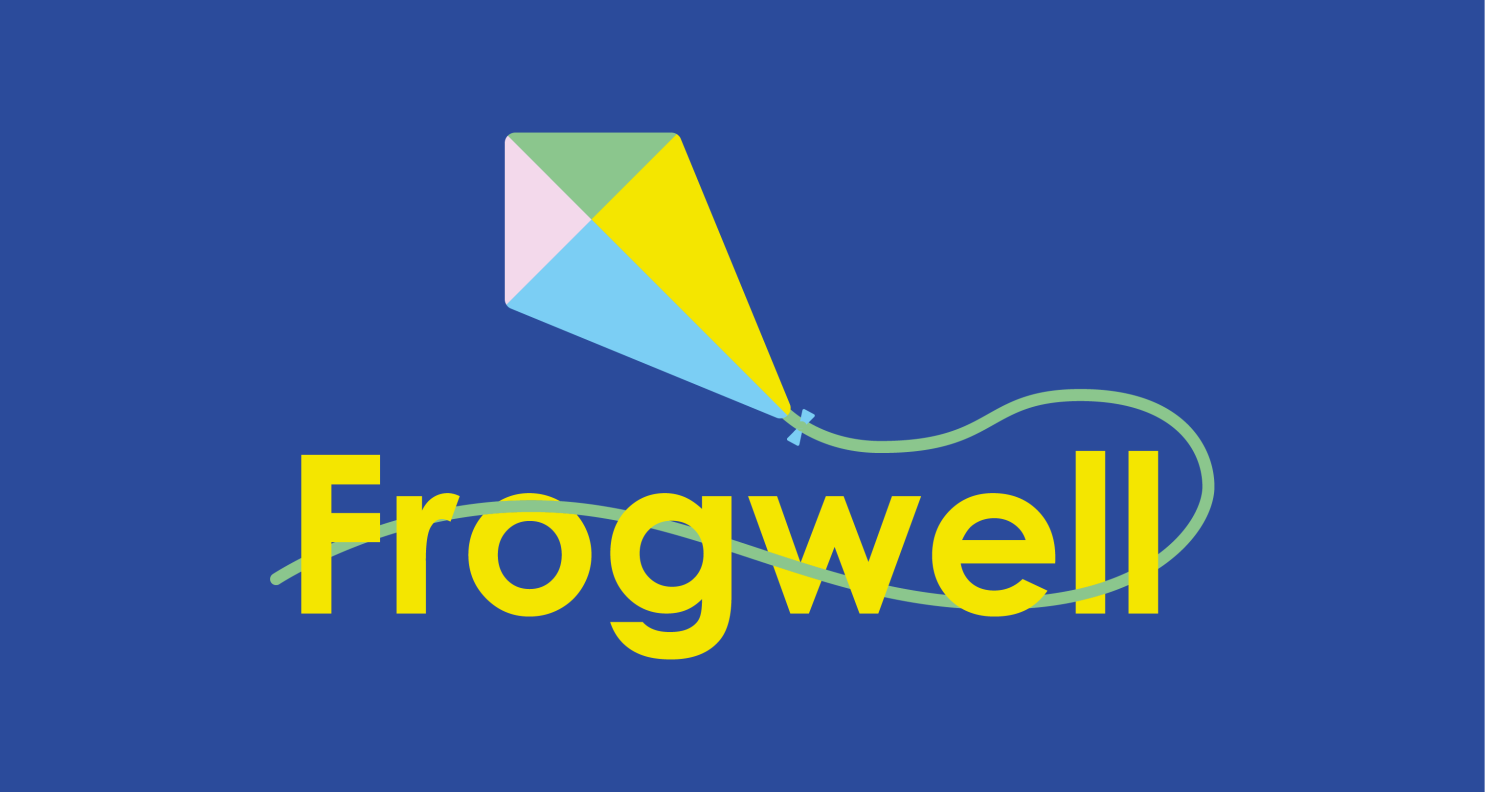Art and Design

What does Art and Design at Frogwell offer our children?
At Frogwell, we believe that Art and Design is an important part of a child’s entitlement to a broad and balanced curriculum. Our curriculum engages, inspires and challenges children so that they have the knowledge and skills to experiment, invent and create their own works of art, craft and design. The curriculum is designed to be engaging and inclusive, knowledge and skills are developed in a carefully planned sequence of learning across the school.
Children have regular opportunities to explore and experiment with different materials, techniques and styles. They are encouraged to take risks, embrace mistakes and learn from peer and self-evaluation. Through studying traditional and contemporary artists, designers and craftspeople from across the world we want our children to have the cultural knowledge needed to propel them further in their education, future careers and social development. We aim for all children to develop their creativity and ability to express themselves, while developing a life-long interest in the arts.
What are the main aims of our Art and Design curriculum?
The National Curriculum for Art and Design aims to ensure that all pupils:
- produce creative work, exploring their ideas and recording their experiences
- become proficient in drawing, painting, sculpture and other art, craft and design techniques
- evaluate and analyse creative works using the language of art, craft and design
- know about great artists, craft makers and designers, and understand the historical and cultural development of their art forms.
In addition, we aim to:
- provide children with the opportunity to work individually or collaboratively, and to showcase their work through display or exhibition.
- ensure that all children visit an art gallery during their time at Frogwell.
How is the teaching of Art and Design organised?
In Early Years Foundation Stage, Art and Design is not taught as a discrete subject but is closely linked to the cross-curricular topic that is being studied. Children will have the opportunity to explore famous works of art and begin to express how they feel about them. Through teacher-led learning and continuous provision children will experiment with drawing, painting, printing collage and sculpture and will develop confidence to show their creativity.
In mainstream classes (Year 1- 6), Art is taught in 2 blocks across the year, our curriculum is implemented through a carefully sequenced scheme of work that ensures all children have access to a broad range of experiences. Opportunities for drawing, painting, printing, collage and sculpture are delivered through discrete art lessons. Children are encouraged to develop their ideas and experiment in sketchbooks. They will be able to express ideas and opinions about different works of art including their own work and work of their peers. Teachers use selected units from the Access Art scheme to inform planning and provide quality resources. Each unit uses an artist, designer or craftsperson as a stimulus and all children will produce a final outcome at the end of the series of lessons. Knowledge organisers are provided to support children to learn facts about artists, key vocabulary and the techniques that are covered in each topic. Where possible additional opportunities for art and design are provided through making cross curricular links.
In the Complex Needs Resource Base, Art and Design is taught through a topic-based approach, and attainment is measured in small steps. Children have regular opportunities to explore different art techniques through sensory, first-hand experiences.
